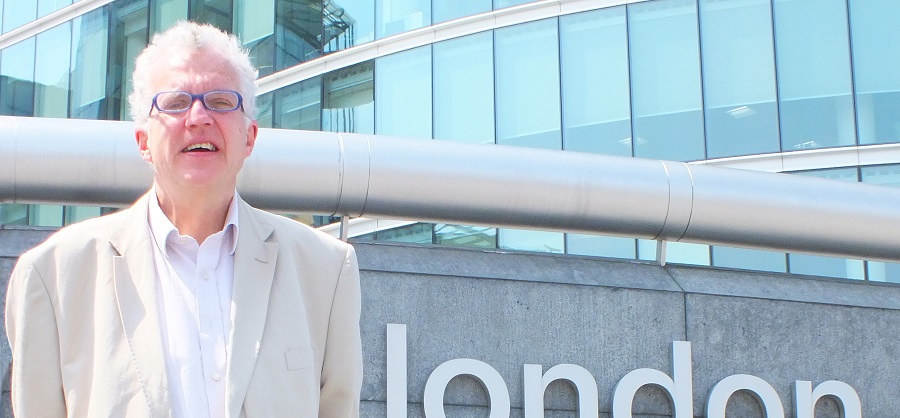President Obama has repeatedly insisted that there is no reason why Europe or China, rather than the United States, should have the world’s fastest trains, and since coming to office he has committed the country to developing a high-speed rail network of its own.
Yet the $8 billion set aside for high-speed rail in his 2009 stimulus package, split among 31 states, includes only two genuine high-speed rail projects – in Florida and California. And even that money will do little more than kick-start the schemes. The rest of the package will go to upgrading various sections of the Amtrak network.
High-speed rail lines are expensive and can take years, even decades, to complete, particularly in a country as large as the United States. As a consequence, the president needs a quick success to show America what a genuine high-speed railway can offer. Fortunately, he has a great test case right on his doorstep: the Acela services along Amtrak’s Northeast Corridor, which the stimulus package essentially ignored.
A high-speed rail service is not just a matter of a few sleek carriages running a couple of regional trips per day on lines already crowded with freight trains. High-speed rail services need dedicated lines. And they operate best between cities a few hundred miles apart – longer trips take too much time, making aviation attractive, while shorter trips are easier by car. That’s why the world’s first high-speed rail line was built between Tokyo and Osaka; likewise, across Europe city pairs, like Madrid-Barcelona and Paris-Lyon, have been linked by high-frequency services.
And that’s what makes the Acela lines from Washington to Boston the best opportunity to create a real high-speed, high-frequency service to compete with air travel along the Northeastern Seaboard.
But isn’t Acela already a high-speed service? Not at all. By European standards, it would be a regional express: It runs just once an hour, the track is too curvy for the trains to reach their potential speed of 150 miles per hour (except on one 35-mile section of the line), and because Acela is often held up by freight trains and road crossings, it averages barely half that speed for the entire journey.
The 450-mile trip from Boston to Washington takes almost seven hours and averages just 71 miles per hour, hardly faster than by car and uncompetitive with air, while the 225-mile journey from New York to Washington takes two hours and 45 minutes, longer than Penn Central’s Metroliner often took in the 1960s. Contrast that with the nearly 500 miles covered by Paris-Marseille trains in just three hours, an average of over 160 miles per hour.
While Amtrak claims that Acela has carved out a good share of the market – 49 percent of the rail-air passengers traveling between New York and Boston – there is the potential to do far better with improved speeds and frequency. More than 70 percent of travelers between London and Paris go by rail, while on routes like Paris-Lyon air travel has been virtually eliminated.
How can Acela be improved without building an entirely new system? Money is needed to improve the overhead electric wires, straighten out curves and upgrade the track. And more trains are needed to increase trip frequency, reduce overcrowding and offer flexibility.
It’s not just a matter of money, though. The government must do away with a host of state and federal regulations that reduce train speed and are far too restrictive.
America needs to be lured back to the railways that once dominated its transportation system. If we can show what can be done in one corridor, we can inspire the development of better train service in other parts of the country.
Who knows? Perhaps someday, like the Trains à Grande Vitesse in France or the Shinkansen in Japan, an Acela train speeding past the Statue of Liberty could be the defining image of a second great American railway age.
